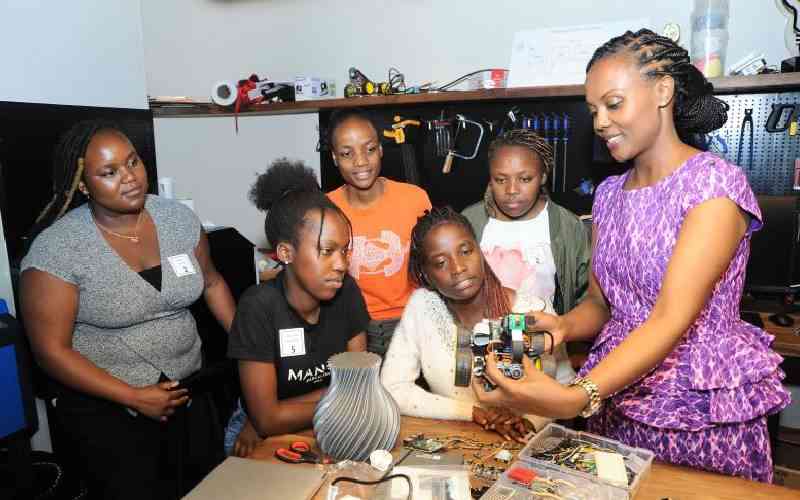×
The Standard e-Paper
Smart Minds Choose Us

Perhaps it doesn't matter if women study science. After all, men control most of the world's resources, have most of the decision-making power, and the shape of the world seems to be formed by men - but look at the world we have.
We need to reflect on that daily, especially today which is the International Day of Women and Girls in Science. Despite many scientific and technological advances, rising global inequality still denies about 811 million people a simple meal every day.